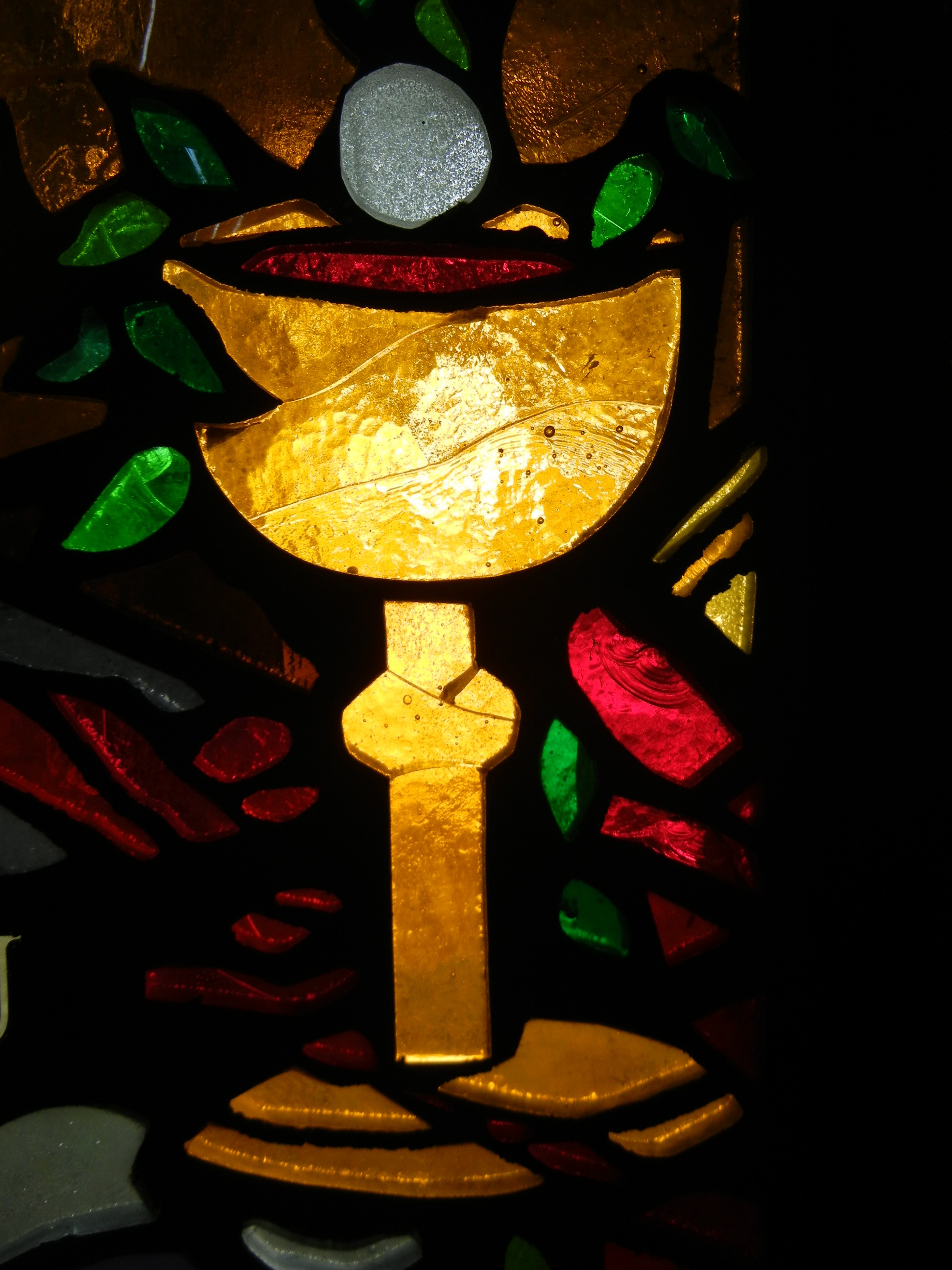The following is an excerpt from an article by the late Dr. Kurt E. Marquart…
 Why did Luther carry on such a vigorous battle for what is in the Sacrament? I draw only one or two themes from the rich New Testament presentation. For instance, think of the Sacrament as the New Testament Passover, where Paul writes in the Easter Epistle, 1 Corinthians 5:7 – ‘Christ, our paschal lamb, is sacrificed’. This has deep connections with the resurrection, because the New Testament never divides the cross and the resurrection. These are seen as one complete unit. Lutherans, too, need to see that the Sacrament is not basically a Maundy Thursday or Good Friday affair – which it also is. With the Early Church we need to see that the Sacrament is primarily a resurrection, Easter affair. This is why, as Dr. Sasse Points out, the Lord’s Day, the day of resurrection, was never complete without the Lord’s Super, the Lord’s Word in his Church. These great things belong together. The Early Church made this connection between the Sacrament and the resurrection. …
Why did Luther carry on such a vigorous battle for what is in the Sacrament? I draw only one or two themes from the rich New Testament presentation. For instance, think of the Sacrament as the New Testament Passover, where Paul writes in the Easter Epistle, 1 Corinthians 5:7 – ‘Christ, our paschal lamb, is sacrificed’. This has deep connections with the resurrection, because the New Testament never divides the cross and the resurrection. These are seen as one complete unit. Lutherans, too, need to see that the Sacrament is not basically a Maundy Thursday or Good Friday affair – which it also is. With the Early Church we need to see that the Sacrament is primarily a resurrection, Easter affair. This is why, as Dr. Sasse Points out, the Lord’s Day, the day of resurrection, was never complete without the Lord’s Super, the Lord’s Word in his Church. These great things belong together. The Early Church made this connection between the Sacrament and the resurrection. …
In his interesting book, Early Christian Worship, Oscar Cullmann points out that the symbol of the fish was a symbol not merely for Jesus Christ generally. We all know that the Greek word for fish is made up of the first letters of the words Jesus Christ, Son of God, Saviour. Cullmann points out that the symbolism goes deeper than that. It goes back to the time when the resurrected Saviour comes to the disciples and feeds them with broiled fish. All the resurrection appearances – except the one with the women at the tomb, where it simply wouldn’t be practical – occur in connection with mealtimes in connection with food. A most important, and probably the true variant reading in Acts 1, where it talks about the Lord being with the disciples for 40 days, the Syriac version, says that he took salt with them, that is, he ate with them for 40 days. The point is that the resurrection appearances take place in connection with mealtimes. Remember the Emmaeus road! At the breaking of bread, their eyes were opened and they recognized the Resurrected One. The Sacrament now came to be regarded as the continuation of the resurrection appearances of the Lord. That’s very important. As we have it in John 20, on the first resurrection night, the disciples being assembled, the Lord stood among them and said, ‘Peace be with you’. That was at mealtime. They were gathered for dinner. On the following week, the next Lord’s Day, he appears again. This time Thomas is there and he confirms his faith. The point is that there is an unbroken chain of Lord’s Days going right back to that first one, which was not interrupted by the Lord’s Ascension into heaven, and which didn’t take him further away, but made him closer to us. He now rules and effectively controls the universe for the benefit of his Church. The Sacrament means specifically the resurrection banquet, where the Resurrected One himself is among us as truly as he was with Thomas and the disciples, and says to us, ‘Peace be with you’.
